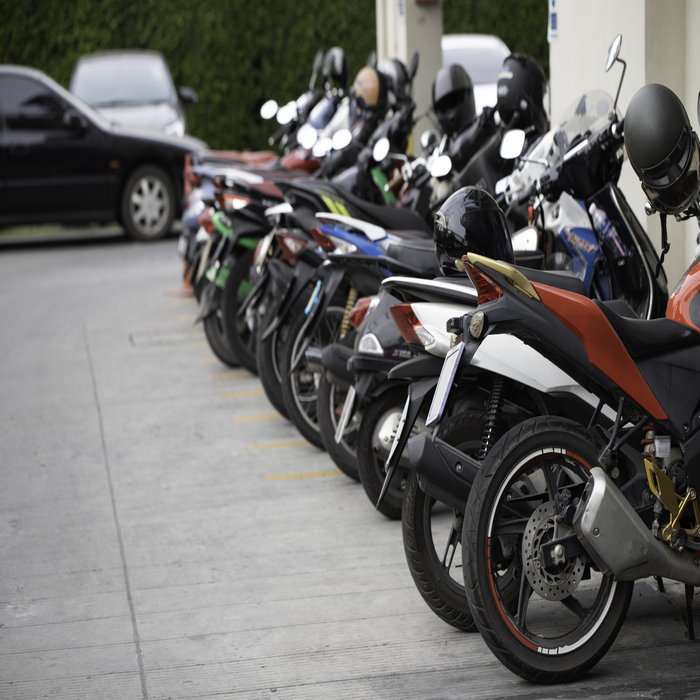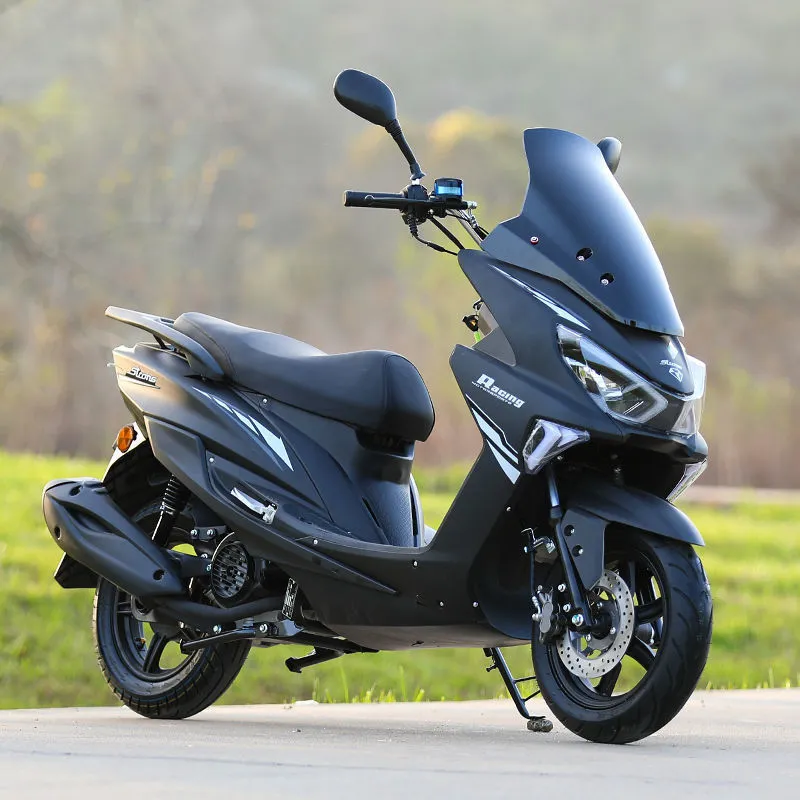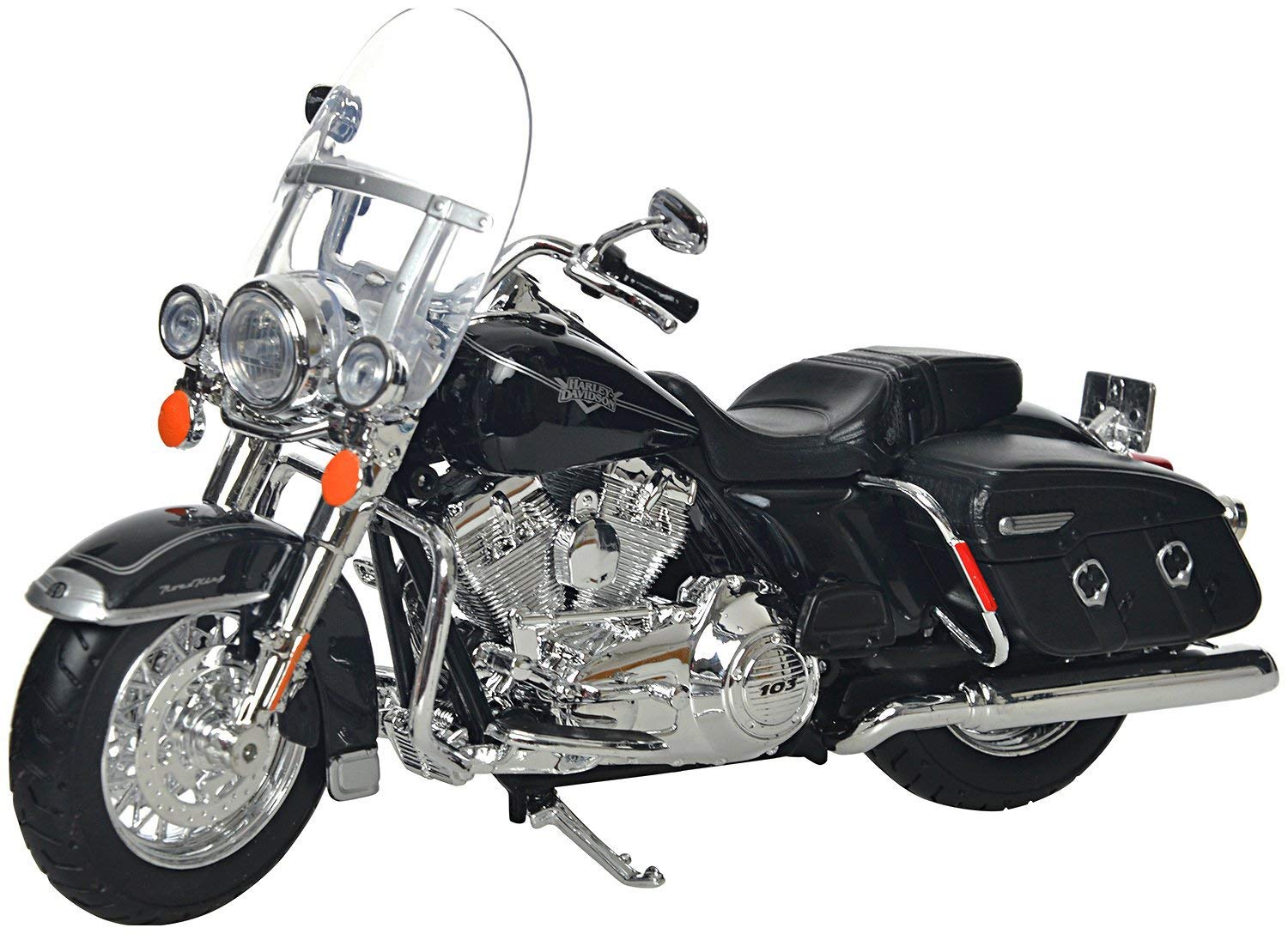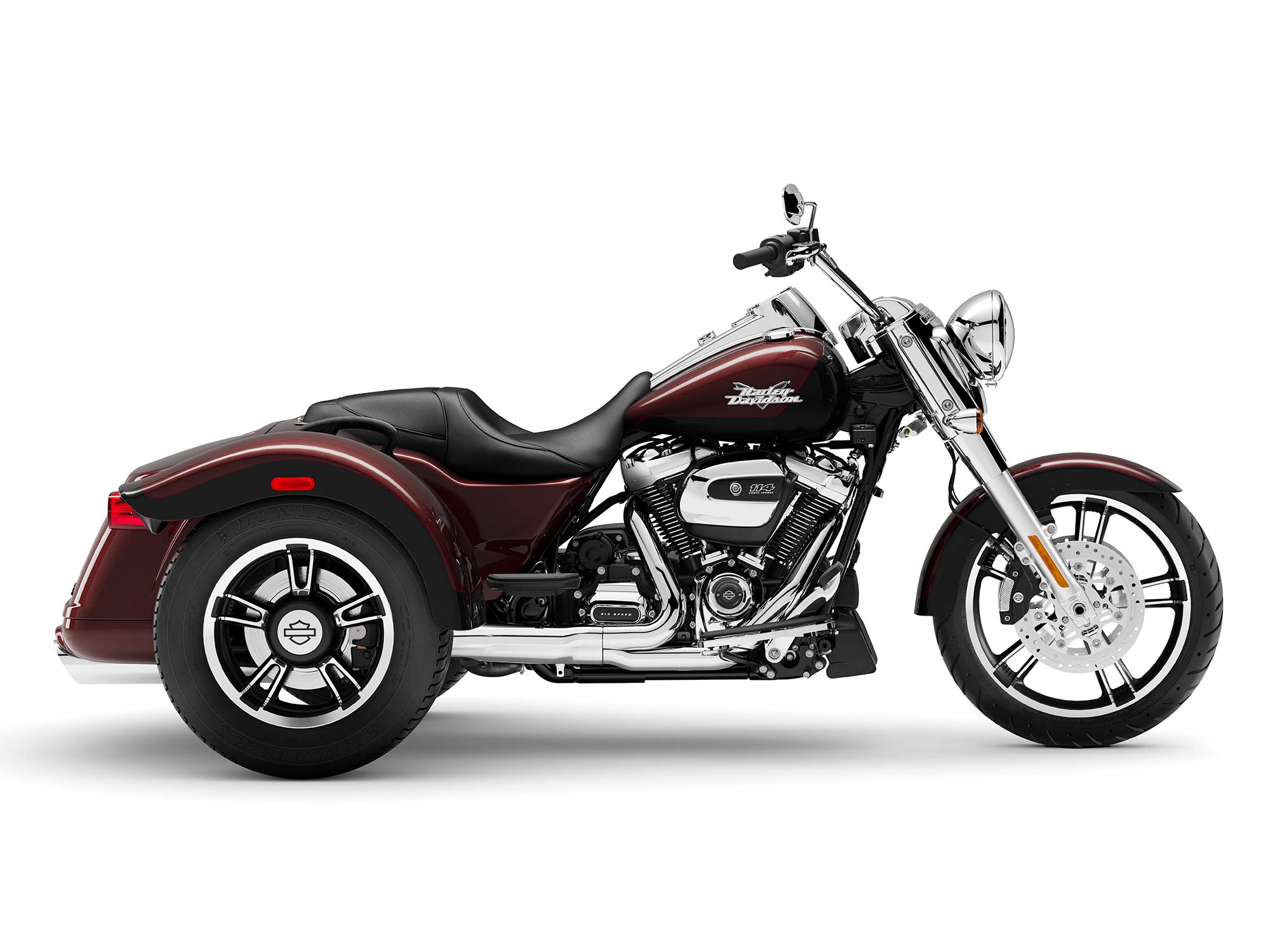Introduction to Moped and Motorcycle Definitions
Understanding the distinction between moped vs motorcycle is crucial for riders. While both are two-wheeled vehicles, they differ in several ways. A moped typically features an engine with a displacement of less than 50 cc. Also, its maximum speed is usually capped at 45 km/h. Motorcycles, however, are more powerful. Their engines have a displacement of over 50 cc and can reach higher speeds. This difference is not just technical. It affects how these vehicles are used, the legal requirements for riding them, and importantly, how they are insured. Knowing which category your two-wheeled vehicle falls into is the first step in understanding your insurance needs. Both types are subject to mandatory insurance policies. Yet, they differ in risk profiles and thus, in insurance costs. In the following sections, we will delve into the key differences between mopeds and motorcycles. We will explore how these differences impact insurance requirements and pricing.

Key Differences Between Mopeds and Motorcycles
Understanding the differences between mopeds and motorcycles is key to selecting the right insurance coverage. These differences span from engine mechanics to legal restrictions.
Displacement and Engine Size
Mopeds come with smaller engines, typically not exceeding 50 cc. Motorcycles boast larger engines, over 50 cc, enabling more power.
Speed Capabilities
Mopeds are limited to a top speed of 45 km/h. Motorcycles can exceed this limit, varying with engine size and design.
Age Requirements for Riders
Moped riders can start at 15 years of age. To ride motorcycles, one must be at least 16 or 18, depending on the bike’s power.
Traffic and Road Usage Limitations
Mopeds can’t access highways or motorways. Motorcycles enjoy fewer restrictions and can travel on various road types.
Physical Characteristics and Size Distinctions
Mopeds are smaller, lighter, and have distinct orange license plates. Motorcycles are larger, with white plates, akin to cars.
Implications for Insurance: Understanding Legal Requirements
Navigating the world of insurance for two-wheeled vehicles means understanding the legal mandates. Both mopeds and motorcycles must comply with specific legal requirements to ensure the safety of riders and the public.
Mandatory Insurance and Technical Inspection
All mopeds and motorcycles require insurance, regardless of their differences. This insurance acts as a safety net, covering damages to other parties in accidents. Moreover, mopeds and motorcycles must pass the Technical Inspection of Vehicles (ITV). This ensures they meet safety standards.
Owners face penalties for not maintaining insurance or ITV compliance. They could pay fines from 600 to 3,500 euros. It’s essential to keep these vehicles insured and inspected to avoid legal issues.
Differences in Insurance Pricing
Insurance costs for mopeds and motorcycles are not the same. Generally, moped insurance is cheaper than motorcycle insurance. This is due to mopeds’ lower speeds and power. Yet, moped accident rates can be higher in urban areas, potentially raising insurance premiums.
Motorcycles with larger engines often attract higher insurance prices. The risk of high-speed accidents contributes to this cost. Age and riding experience of the owner can also affect insurance rates. It’s important for vehicle owners to shop around. Look for insurance policies that match their specific risk profiles.
Analyzing the Risk Profile of Mopeds Vs Motorcycles
When choosing insurance for two-wheeled vehicles, understanding the risk profile is vital. Mopeds, with their limited speed and smaller size, often maneuver through urban environments. Thus, they frequently encounter hazards like dense traffic and tight spaces. This can lead to a higher incidence of minor accidents, particularly with younger, less experienced riders. However, due to their lower speeds, moped accidents tend to be less severe, impacting insurance costs differently.
Motorcycles present a different risk. With more power and capability for high speeds, motorcycles attract riders interested in both urban settings and open roads. Accidents involving motorcycles might be less frequent but can be more severe, owing to the high speeds involved. These factors contribute to the statistical risk assessment that insurers use, often resulting in higher premiums for motorcycles, especially those with larger engine capacities.
The risk profile is also shaped by legal constraints. Mopeds are often restricted from highways and motorways, where high-speed collisions are more common, whereas motorcycles are not. Riders’ age and experience play a role too. Young moped riders, starting at 15 years old, might have less road awareness, and motorcyclists must be at least 16 or 18. Seasoned riders with advanced skills might benefit from lower insurance rates.
In summary, mopeds generally face higher risk in cityscapes, while motorcycles carry more risk due to their speed and broader road access. Insurers consider these factors, tailoring policies and premiums to match the differing risks associated with moped versus motorcycle riding.

Choosing the right insurance for your two-wheeled vehicle involves several steps. It’s not just about finding the cheapest option; it’s about understanding coverage, comparing policies, and assessing the level of protection you need.
Assessing Coverage Needs
First, consider how and where you use your bike. If you ride a moped mainly in the city, look for policies that offer comprehensive coverage for urban accidents. For motorcycle riders who travel on highways, consider policies with higher liability coverage.
Comparing Insurance Providers
Next, shop around. Reach out to multiple insurance companies and request quotes. Make sure to compare the same types of coverage to get a fair comparison. Don’t forget to check customer reviews and the insurer’s reliability.
Understanding Policy Details
Pay close attention to the details of each policy. Check for any exclusions or limitations. Look for benefits like roadside assistance or custom parts coverage if these features are important to you.
Considering Additional Coverage Options
You may also want to think about extra coverage like theft protection or personal injury insurance. These can offer peace of mind, especially if you’re using your vehicle regularly.
Balancing Cost and Protection
Finally, balance the cost of insurance with the level of protection. Don’t sacrifice necessary coverage to save money. Remember, the goal is to protect yourself and your investment adequately.
By following these steps, moped and motorcycle owners can navigate their insurance options effectively. It’s crucial to choose a policy that provides the right blend of affordability and protection for your unique riding habits and needs.

Conclusion: Making an Informed Choice for Your Two-Wheeled Vehicle Insurance
Choosing the right insurance for your moped or motorcycle doesn’t have to be tough. While both require minimum liability insurance and passing the Technical Inspection of Vehicles (ITV), their differences impact insurance pricing. Understanding these distinctions can help you make an informed decision.
Mopeds often see higher accident rates in urban areas, which may lead to higher insurance costs. But their accidents are usually less severe. Since mopeds are smaller and slower, they are limited to city streets. This can affect their risk profile. On the other hand, motorcycles face fewer restrictions on where they can ride and can go faster. This leads to higher risks, especially on highways and open roads.
Consider your bike’s use, where you travel, and what risks you face. If you mostly ride in the city, look for policies with strong urban accident coverage. For highway riders, higher liability coverage may be key. Compare insurers carefully, read each policy’s details, and balance the cost with the needed protection.
Remember, younger riders might pay more for insurance due to less experience. But whatever your age or ride, always ensure you’re covered. This will protect you against major costs in case of an accident. Stay safe on the road, and make sure your insurance meets your needs!



